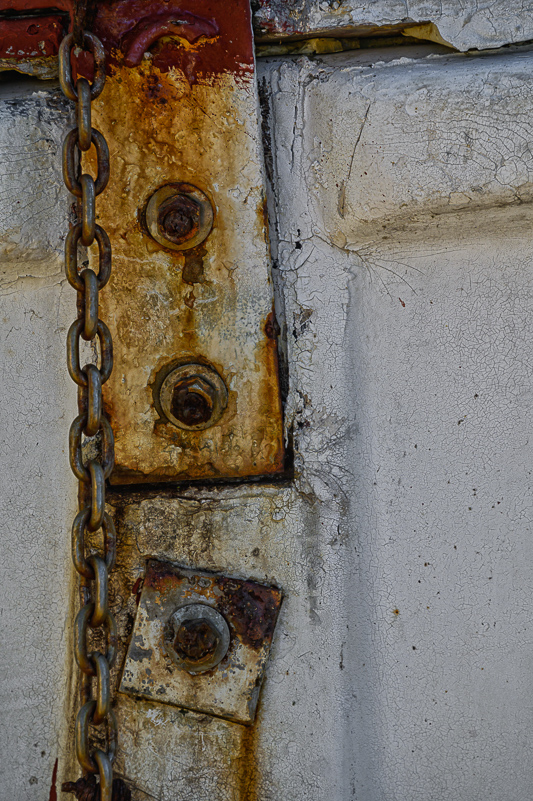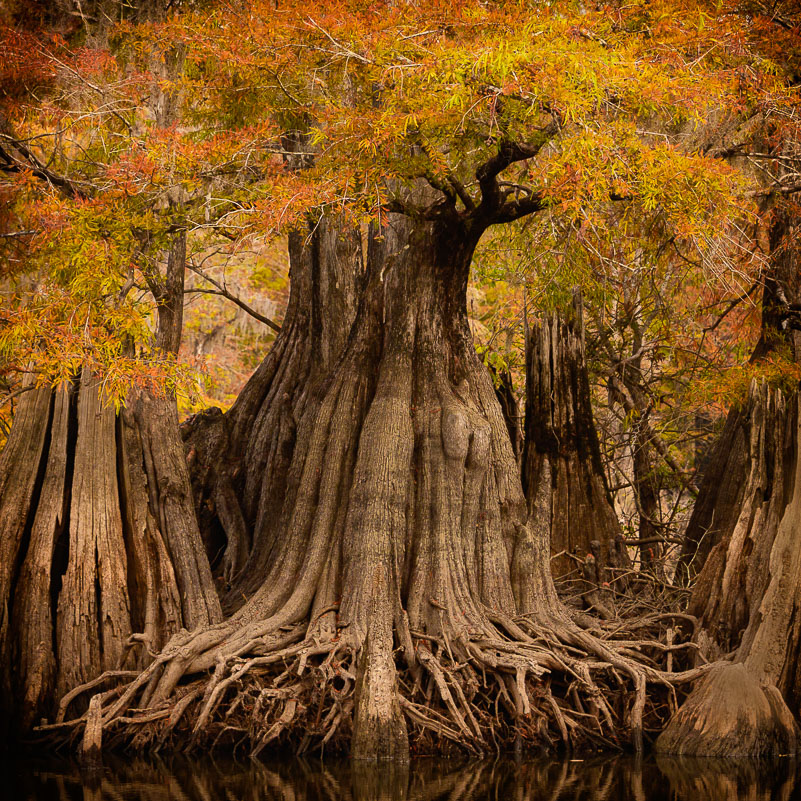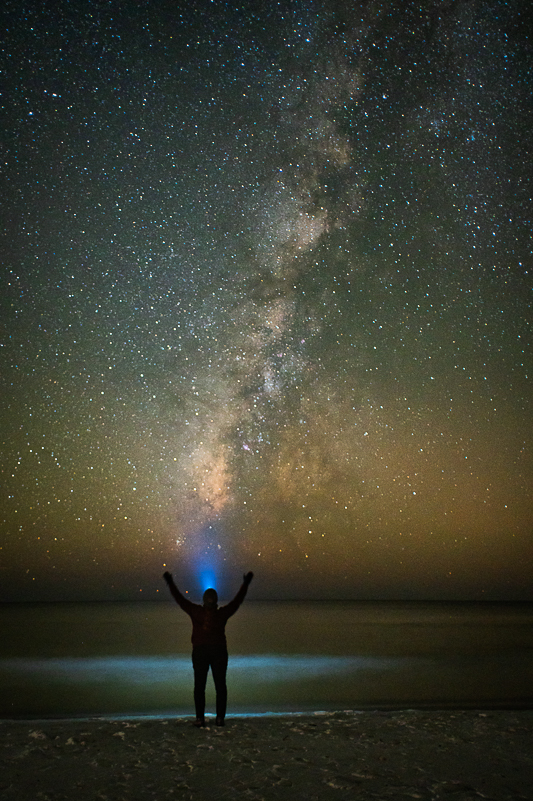There is only you and your camera. The limitations in your photography are in yourself, for what we see is what we are.
— Ernst Haas
STARTING WITH MULTIPLE CHOICE
In this blog, I will share on some choices we have before, during and after the making of images, and will share more in the captions of images included. This is not about the specific cameras or lens brands we choose, but rather about the progression of choice we make in the process.
In every area of life, we have choices, multiple ones at every juncture. And, for different reasons, the same is true at any and every level of our photography. All choices move us in a direction. What direction? It depends.
So, what are some of the decision points? Let’s consider: Subject, Lens, Perspective and Approach, in tandem with your “goals” for any given image. Keep in mind that there are times when we have a very specific “end game” for our images from start to finish. Often, we are more free form in our process. Sometimes we are surprised at where the image starts and where it ends. In all of this, we make choices that steer the final image as well as the creative process.
WHAT’S YOUR SUBJECT?
In the simplest of terms, we choose our subjects much like we choose our friends. We like them, and some of them we love. The question we might ask ourselves is, “why?” What’s the “why?” Answer that first. For many of us, we are generalists. We’ll photograph anything, but we still have our favorites.
What is it about the subjects we choose that draws us in? In the broad sense, why portraiture or weddings and events? Birds or wildlife? Why landscapes, seascapes, nightscapes or cityscapes? Flowers and gardens? We become good at what we are interested in and what holds our attention. We are unique. It’s what keeps us engaged and eager to learn and continue to step up our game no matter what genre or subject calls our name.
We have our favorite “come-back” spots, bucket-list places, favorite birds and flowers and such. These are the ones that touch our heartstrings differently for different reasons. For example, I love flowers. However, I looooove dahlias, ranunculus and lisianthus more than all the others (at least right now). The reasons they are my favorites, specifically, are the colors, curves and sensuous nature of their curls. You may have others that are entirely different or overlap. I enjoy photographing birds and wildlife whenever I have good opportunities, but I’m not so drawn to them that I would travel cross country or around the globe to photograph them. Other photographers might, and many do.
I enjoy most genres of photography and love learning new things. In fact, every year I give myself a new skill to learn or improve. One year it was about using textures and blending and masking. Another year it was long exposures, and so on. The night sky has been on my list for some time. (Just recently I got my feet wet with the Milky Way in the Florida Panhandle, learning from Jimmy Daniels, who shoots the night sky all the time.) I learned about infrared from Mark Hilliard and have been shooting and expanding those skills for well over ten years. What I know is that there’s always something new to learn, even within your most favorite genre.
The more we learn, the more our subject choices expand. We choose them in the field and at home because of something that catches and holds our attention – color, light, texture, gesture, behavior, and often how they make us feel. This last part (emotion) is often reflected in our final images once we complete the refinement process.
WHAT LENS DO I NEED?
It depends. Just as we all love different subjects and develop different styles, we also choose our lenses for what they can do to help us capture a moment and express our vision. The lens we choose to use, and having the “right gear for the job” makes a difference. Having a macro lens makes getting in close for details in any subject easier. Knowing that you can use accessories like diopters and extension tubes to get in close gives you an advantage when you don’t have a macro lens. Wider angle lenses with fast apertures (f/1.4 – f/2.8) are better options than slower and longer focal lengths if you want to shoot at night or in low light (or if you want to create really soft backgrounds). Longer telephotos make bird and wildlife photography much easier (unless you like your birds to be dots in the frame or are willing to risk safety to foolishly get closer to wildlife). Handholding the longer lenses is harder, but sometimes using a tripod is not possible. (Did I just say that?)
The bottom line – knowing and having the gear you need to make effective images of the subjects you love does make a difference. Are you travelling somewhere to photograph a subject that requires a lens you don’t have? Consider renting before you decide to buy. You might learn that the adventure is a “one off” or that you want to try a different lens. You might even decide that you’re not that into that area of photography after all.
Don’t want to be a “just in case I might need it” camera bag lugger? I sure don’t. Choose to go lighter and work your subjects and images around the lens or lenses you have with you. Don’t convince yourself that you “need” every lens you own on your back. Instead of kicking yourself for what you didn’t bring, embrace the opportunity that presents itself. I walked around with my 16-35mm lens for a stretch of time just to force myself to see and shoot differently. And, I did. Were there things in the scene I would have wanted to shoot with a different lens? Of course. So what. I “experienced” those moments instead of bringing them home on a memory card.
There is much to learn and to be said about being present. There is much to be felt in those moments of awe. Just don’t fret. Use the lenses and gear you have. Learn what you need for better results – the ones you want. Add those tools to your bag as the means and opportunity allow. After 25 years of growing in my photography, I have accumulated a lot of gear. My needs and interests continue to evolve and change. It may be time for me to do some lens “rearranging,” to look at what I use and don’t use. It may be time to trade out gear to match what I am doing, and want to do, now. More choices, more decisions. Make the choices for the lens you carry, buy or borrow that fit what you need to get the images you want – not the ones you think you “should” have.
FINDING YOUR PERSPECTIVE AND APPROACH
What we see depends on where we stand . . . or sit or kneel or lean or lie. It depends on how close or how far away we are to any given subject. It depends on how tall or short we are – with or without a tripod. It depends on what we are able to include in a scene (large or small), which depends on which lens we are using at the time. Where do we need to be and what do we need to do to get where we want to go? Be open and willing. Be intentional.
The ”eye-level, fully extended tripod” perspective is the most common one I see photographers use. It is not the most useful – unless that’s the way you want to work all your images. Not only that, I see this approach coupled with the camera attached even before many photographers have even surveyed the scene to make a conscious choice as to what is drawing them in. Oh, dear. If your pattern in the field is to get out of your car, grab the tripod, extend the legs and attach the camera and lens and start walking before you even see what there is to see or feel, STOP IT. Be bold. Step out of the car “naked” – no camera and lens, no tripod. Look with your eyes and experience with your heart and mind. Figure out what is “tripping your internal trigger.” What do you want to bring home and share. Then, choose what lens, what position, what tripod height you need to make that happen. Oh, and please don’t stay married to any of those choices or leave after a few clicks. Ask yourself my favorite question, “Is there more?” You know the answer. There always is.
Turn around. Look behind you. There’s always more. When your light changes, look for smaller scenes and subjects. Force yourself to stay. Resist the urge to pack up and go. Flower front not looking so pretty? Check out its backside. Pull it apart and shoot petals. Bird fly away? Bear run into the woods? Look around. See what else is in front of you. Find something else to shoot before you leave the scene. If you need to change to a different lens to expand your options, do that. Do your best to stretch yourself in any given situation. Stay in one spot and shoot in all directions. Experiment with creating tension or calm by varying the space around your subject or changing orientation. Play with different aspect ratios in camera. Shoot out of your comfort zone. You might not like it, but it will get you thinking differently. Look up, look down. Zoom in or out with your lens or your feet. Explore your subjects from many different angles and perspectives, especially the ones you avoid.
BEYOND THE FRAME IN THE FIELD
We have many, many choices to make once we come home with memory cards full. As I mentioned earlier, sometimes when I’m in the field I know as I’m shooting where I might want to take an image in post. I might know that a square crop would work best on a subject, so I shoot it that way. Or I might know that a black and white version would work best. Sometimes, we just know, right? When that happens, I shoot with a “result” in mind. I will (because I can) often change the aspect ratio in my camera (Nikon Z6ii) in the field so that I can better see how I am filling the frame and arranging things in that box. If it’s square, for example, looking through the viewfinder in that format helps me compose better. Most of the time I’m using the native aspect ratio and filling the frame with only what I want in it. My approach is not “I’ll crop it later,” even though I sometimes do. I have no issues with cropping. I just feel that it’s better to keep working a subject until I’ve gotten a composition that works for me.
In the end, after we’ve left the scene and the shooting is done, we get to go through all that we’ve “captured” and choose our favorites. Why any image makes the “final cut” depends on what opportunities we’ve had, what choices we’ve made in the field, which ones are more “technically correct,” and, perhaps, which ones have that something special that makes them unique, makes us smile and makes us feel something.
The images we select typically have all the necessary ingredients for a solid image on their own. (I prefer not to perform reconstructive surgery on poorly executed images.) What raises them up a level or two is when we make additional creative or practical choices on how we process them. In order to do that, we need to decide what our “post tools” are and learn what we need to learn to create our final image. This would be the image we are excited to share or print.
We need to know how to communicate and express our vision. It doesn’t matter whether you use Photoshop, Lightroom, Capture One, Nik Collection, Topaz or any other of the many choices available. What does matter is that you learn what you need to learn to reach the goal line. What matters, first, is that you like what you have created in the field. If you are just learning how to process your images, you might seek honest and constructive feedback on how you might better achieve the image you are looking to create. Down the road, as we learn more, we may find ourselves revisiting earlier images with new skills and even new perspectives on those same images. We might want a “do over.” (I have often thought it would be interesting to select a favorite image and re-process it each month for a year without looking back at earlier versions to see how my frame of mind and new skills transforms that singular image. Perhaps, this is an exercise for me for next year.)
The choices we have (and make) in post are limited only by our imagination and the tools we do or do not have. Same as with our gear, we get to choose what we want and need based on our interests and intentions. They are different for everyone. Think about it. We have aspect ratios, color or black & white, documentary or interpretive and artistic styles to consider. Each image (and subject) lends itself to something different. And, while I print far less often than I used to, our choices in that arena are more diverse than ever. We can print on an array of traditional to fine art papers, metal, glass, canvas and more. I must admit that seeing an image in print, even on a notecard, really does give us that final touch. The experience of a print is visual and tactile, much like turning the pages of a book. Scrolling and clicking and zooming will never stir the soul in the same way. It just won’t.
Some of my photography friends are intentional about organizing collections of images for photo books. Not only are the images carefully selected and edited, but they are preserving memories that could easily disappear forever with the failure of a hard drive. As I write this, I realize that I should print more . . . at least my favorites. No one in my family (or yours) will ever have the time to troll through multiple terabyte drives from many, many years to ferret out our favorites. They just won’t. For that matter, neither will I if I don’t choose to start the process.
FINAL THOUGHTS
Wrapping it up and stepping off my “preaching to the choir” soapbox (meaning myself), we have a myriad of choices before us from well before we press the shutter to the final image (printed or not). If we are intentional and open to all opportunities presented, we are generally rewarded. There is no single “right” choice along the way, and we learn from the not-so-right choices. This medium is our art, our vision, our way to express ourselves. We can choose to stay in our comfort zone and keep doing the same things in the same ways, or we can step out. We can choose to grow our skills or not. We can set our own limits and push our own boundaries (which are different for everyone). The more we learn, the more we grow. The more we grow, the more our creative works improve.
There are more than enough options along the way. Choose wisely. Choose to silence the internal and external voices and judges that use words like “should” and “must” and “always” or “only.” Free yourself to explore, experiment and create. Listen to your own voice, especially when it comes to the images you make. Give yourself permission to create as only you can. And, carry on.

















